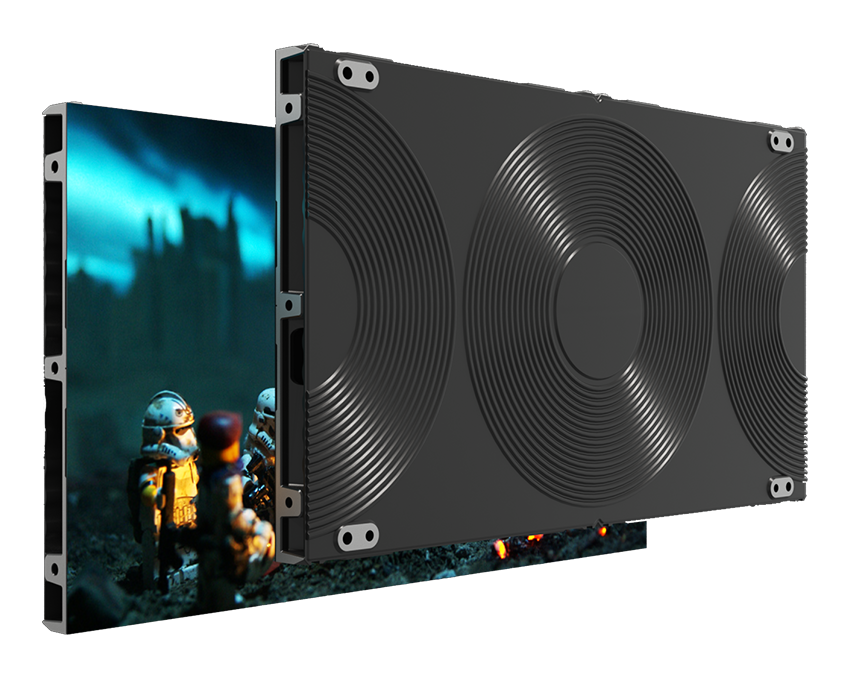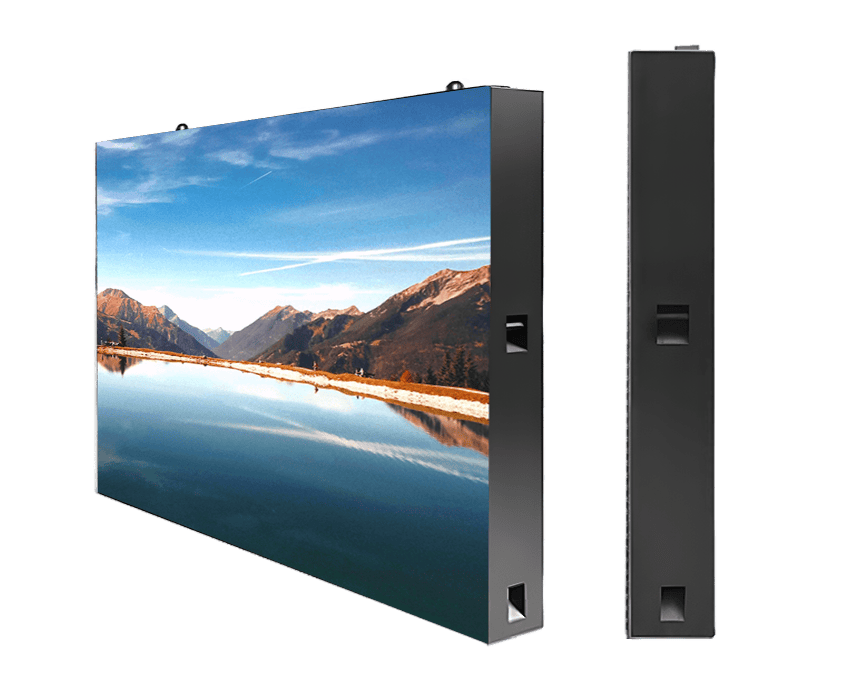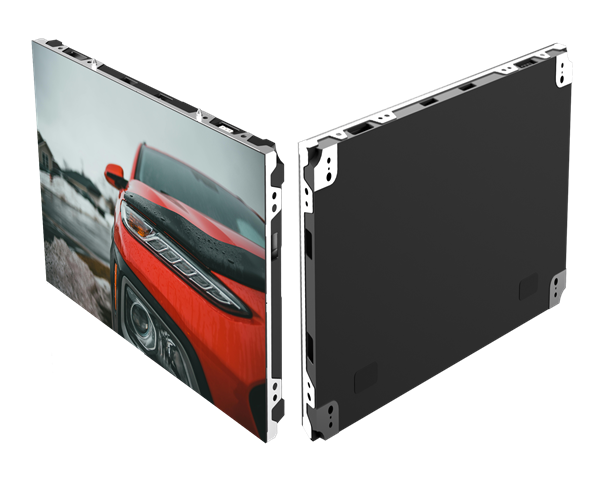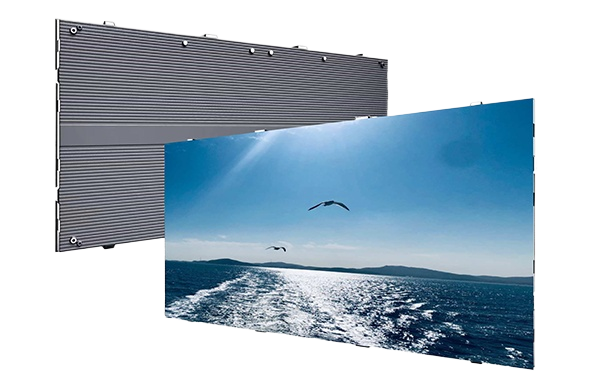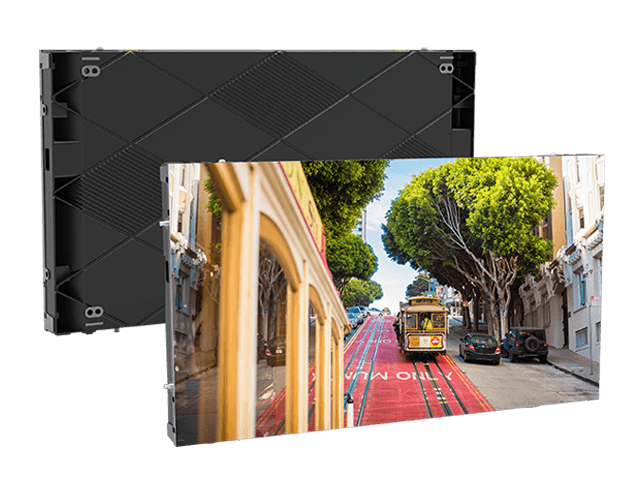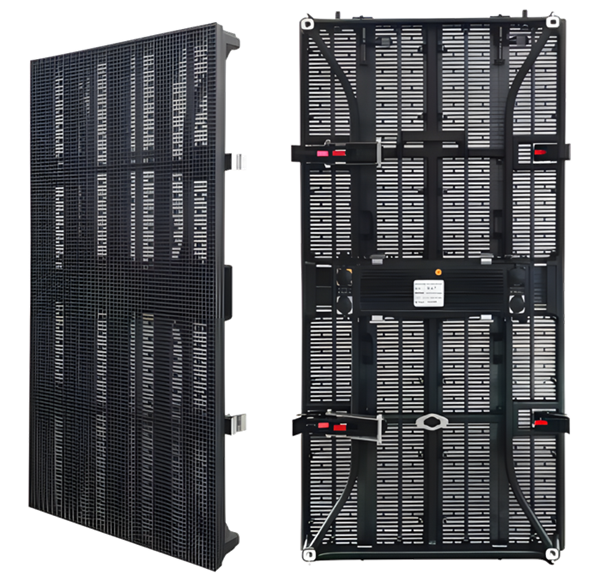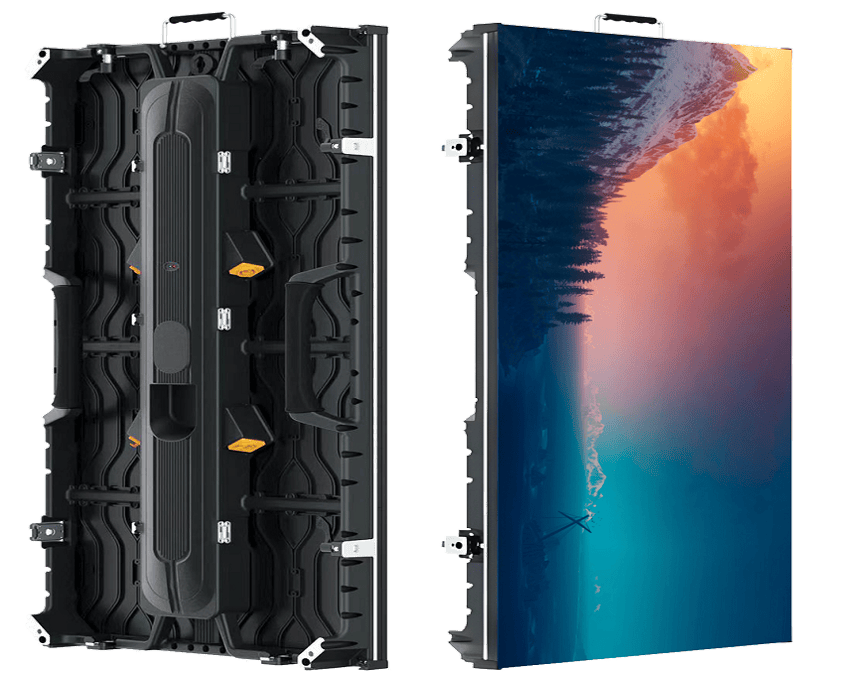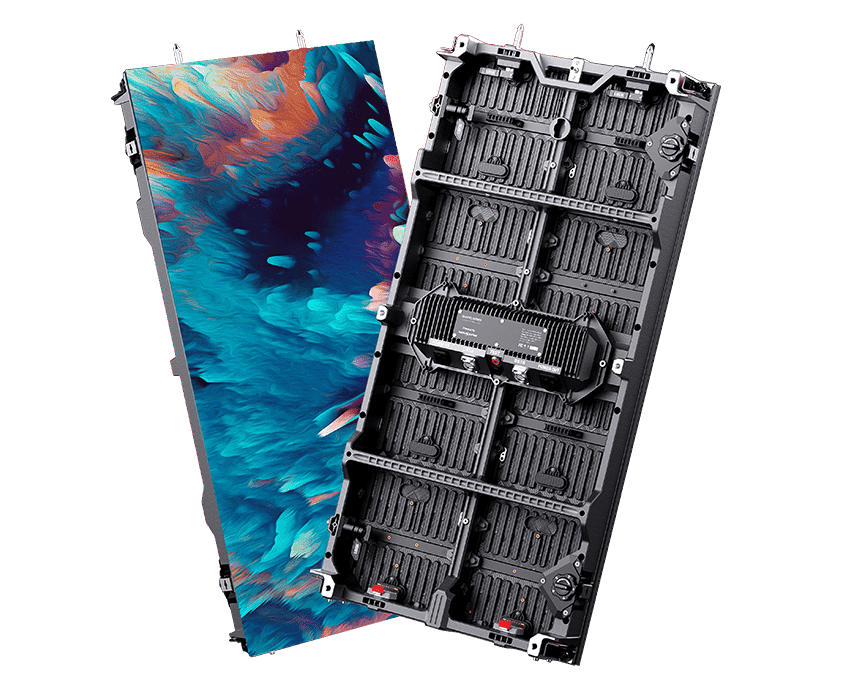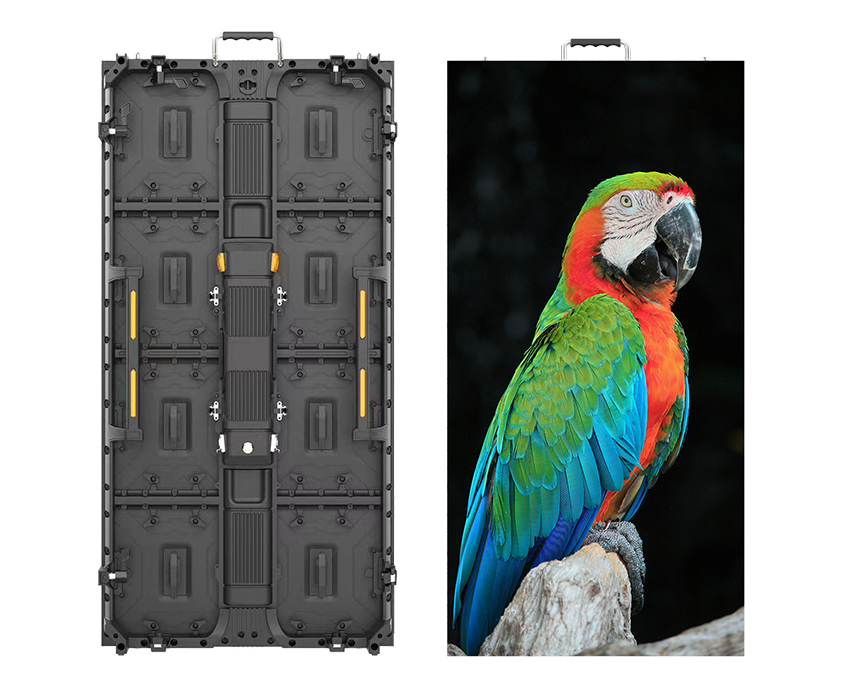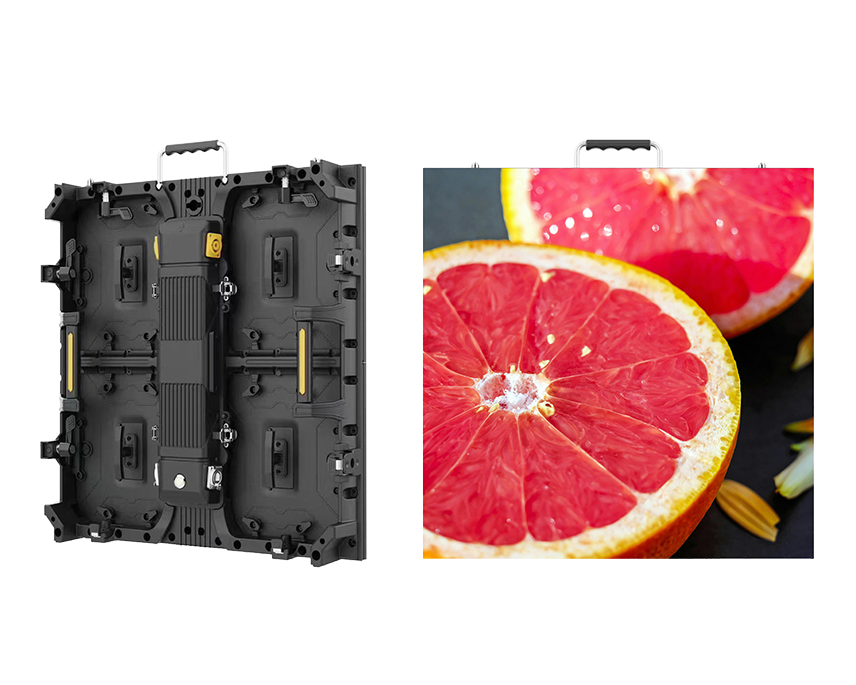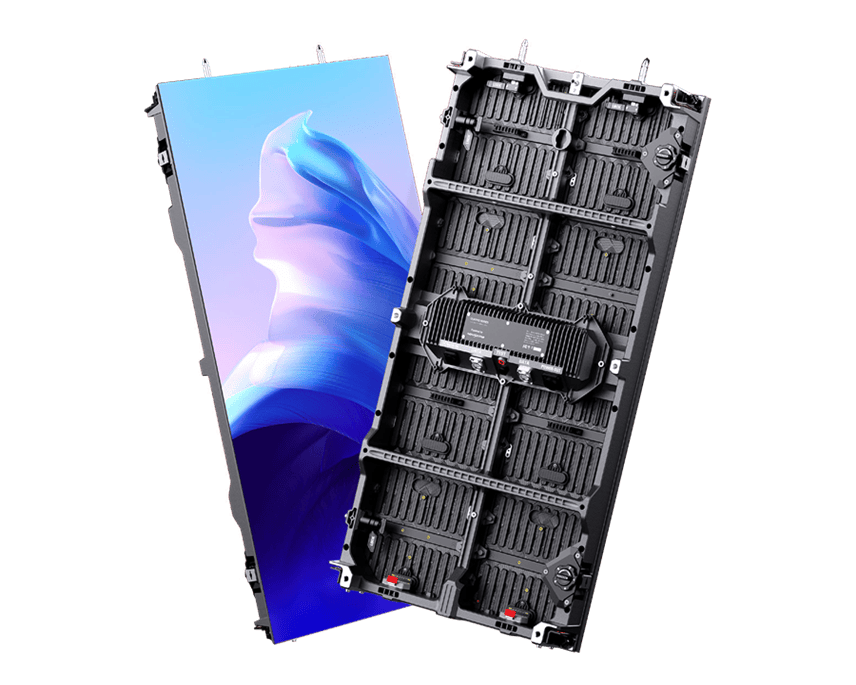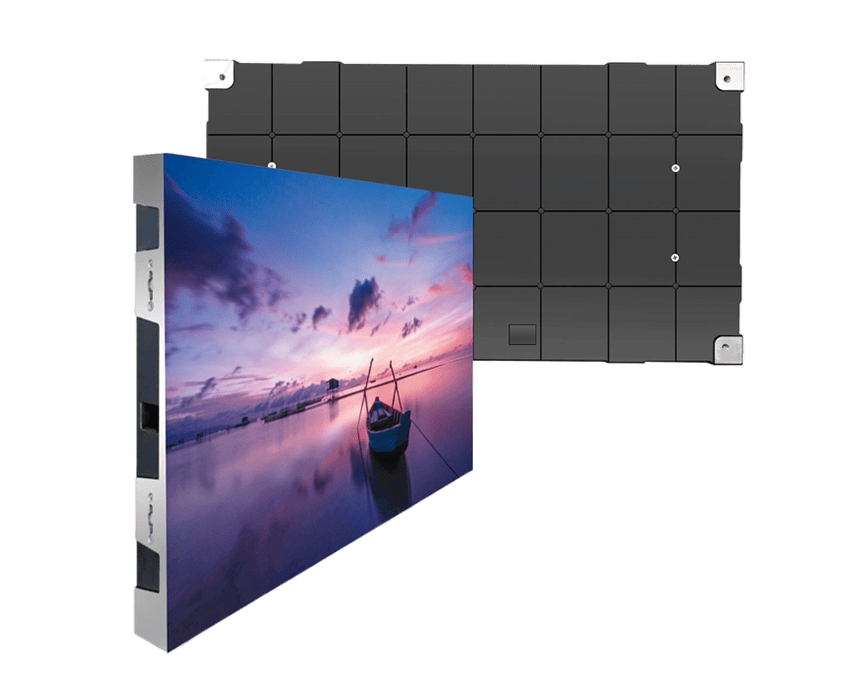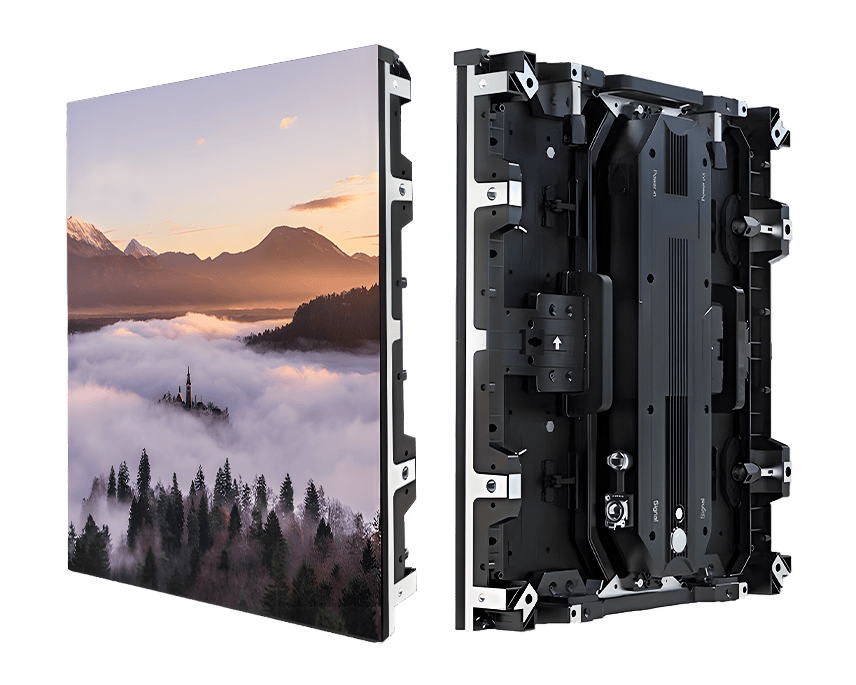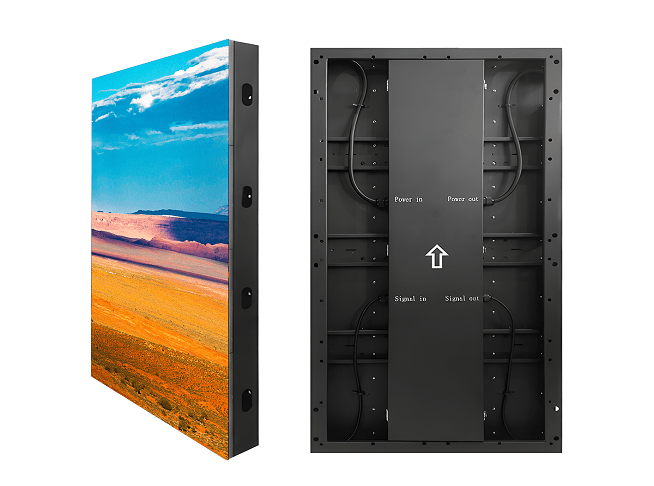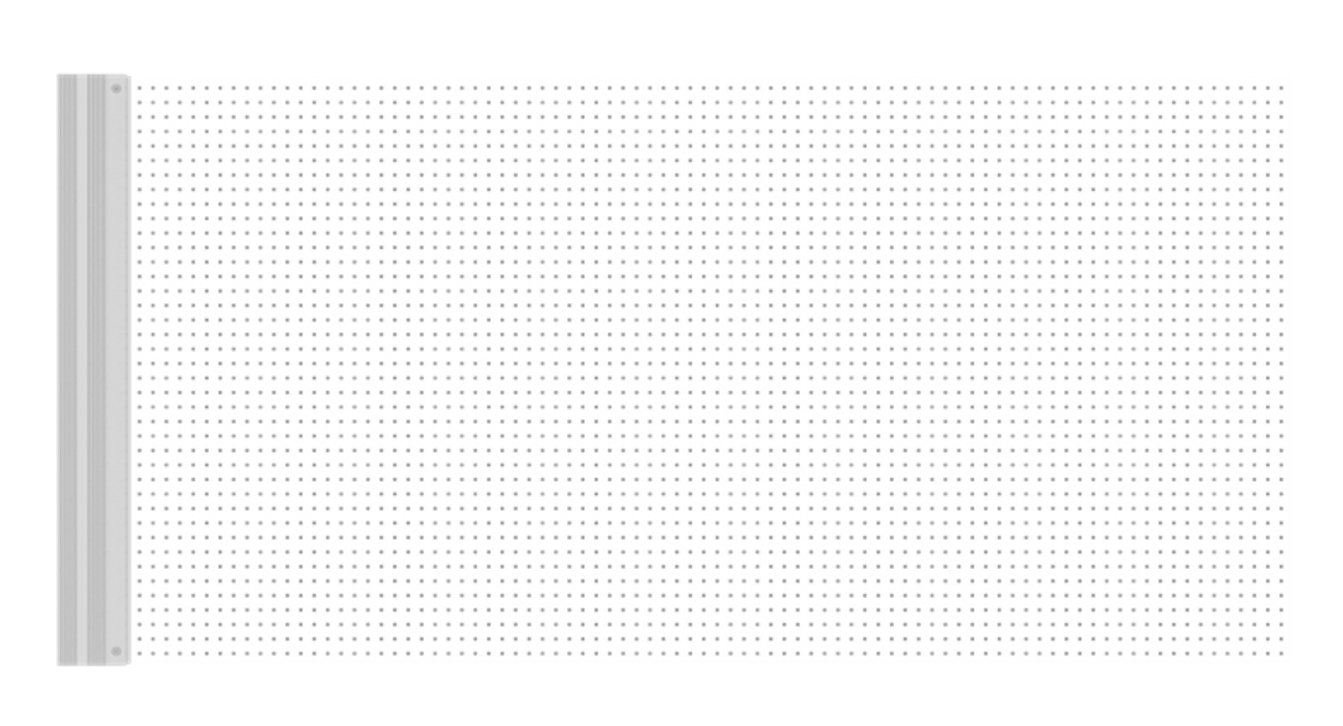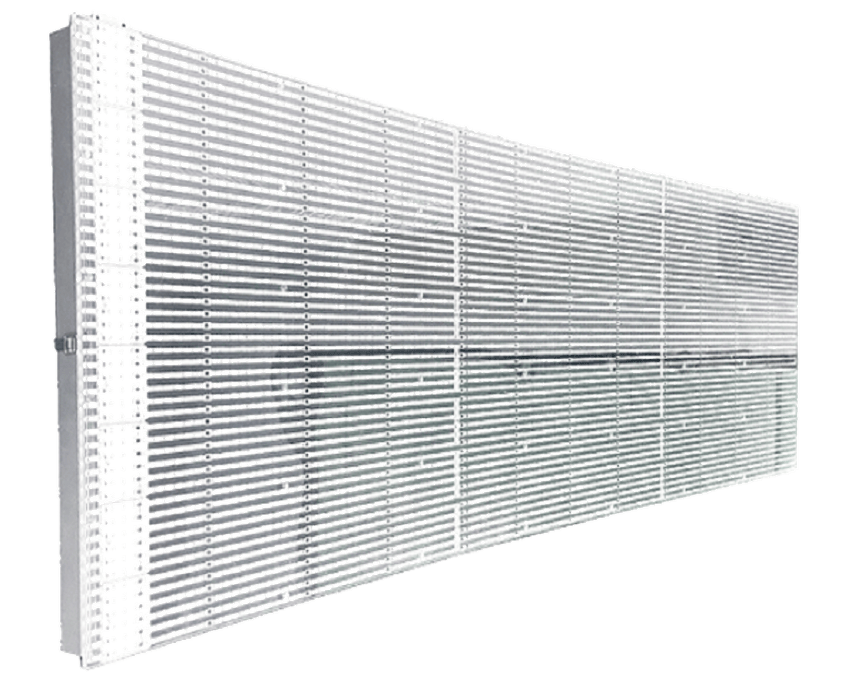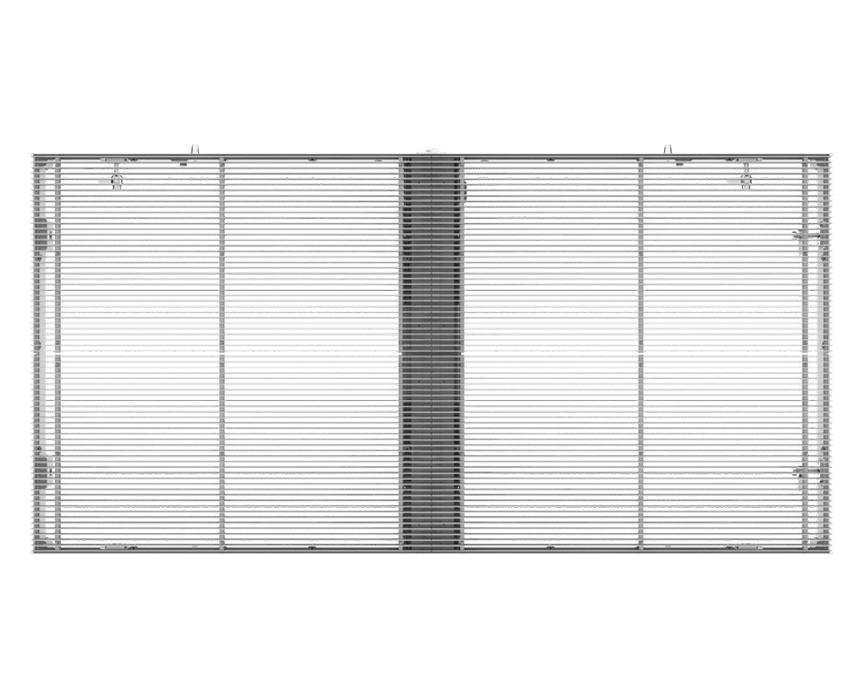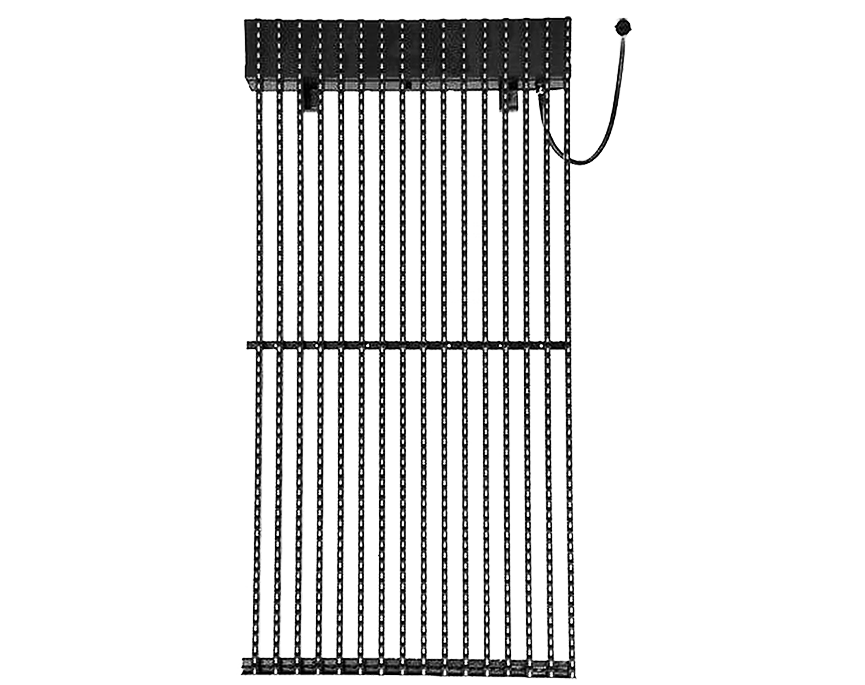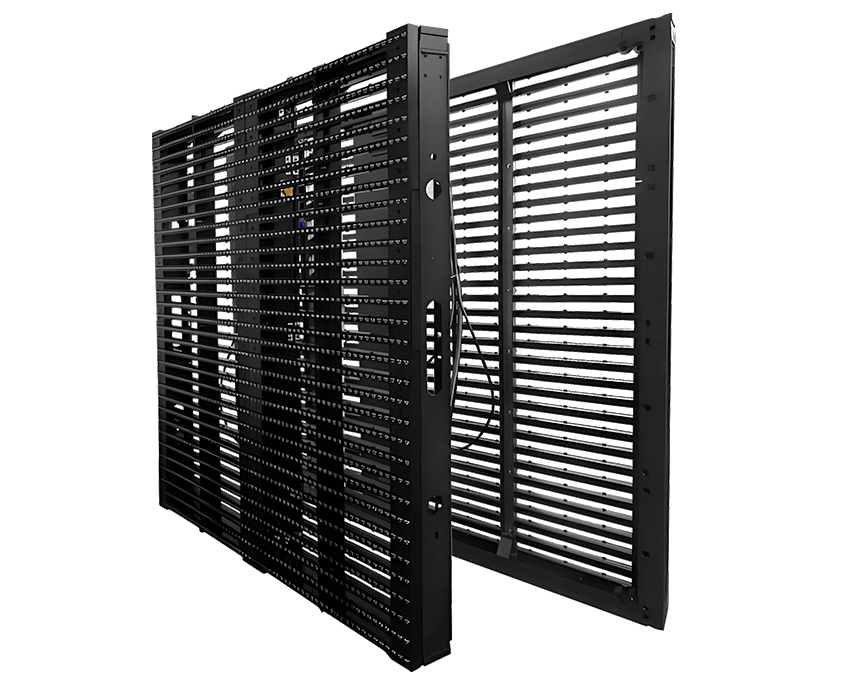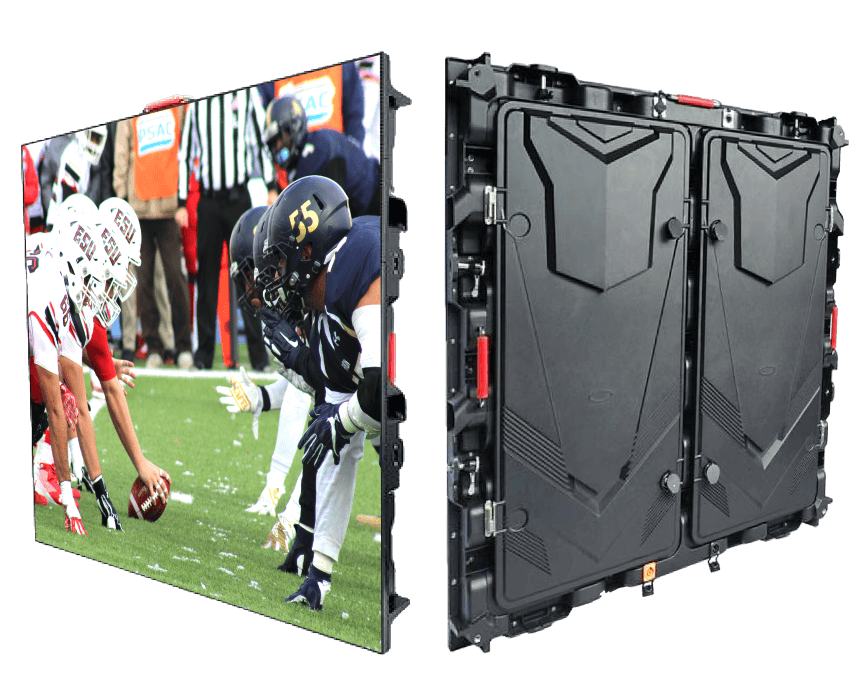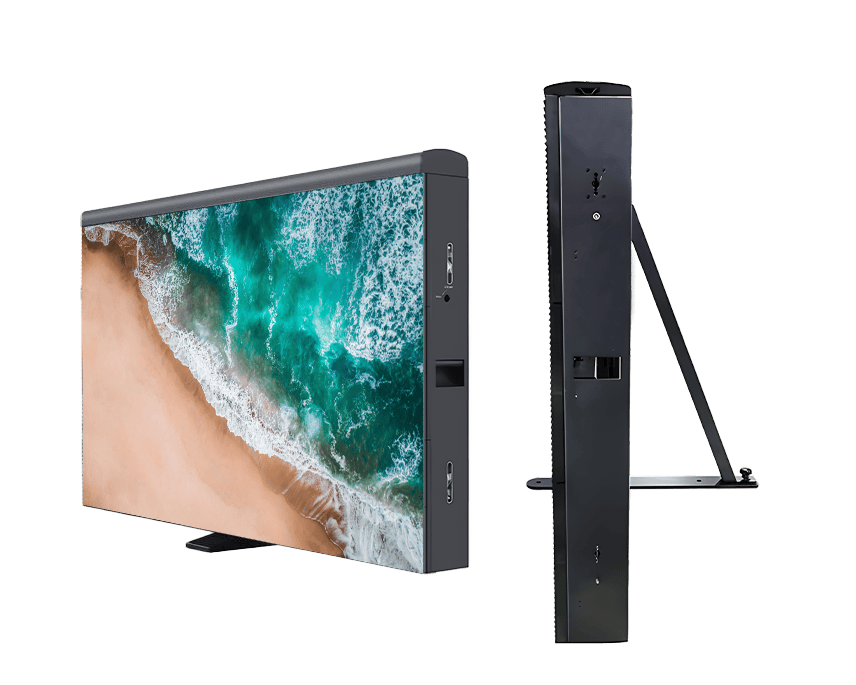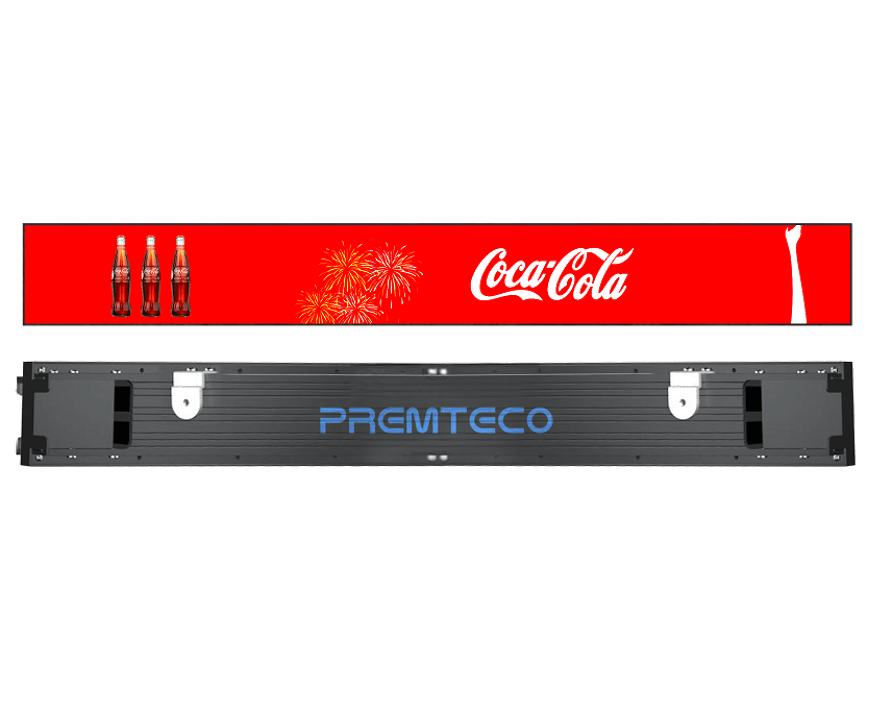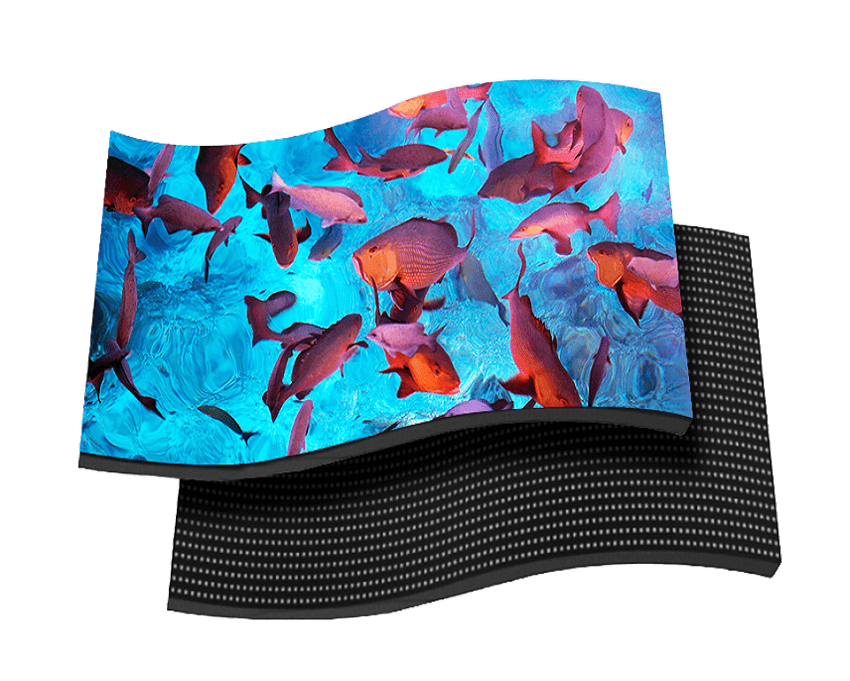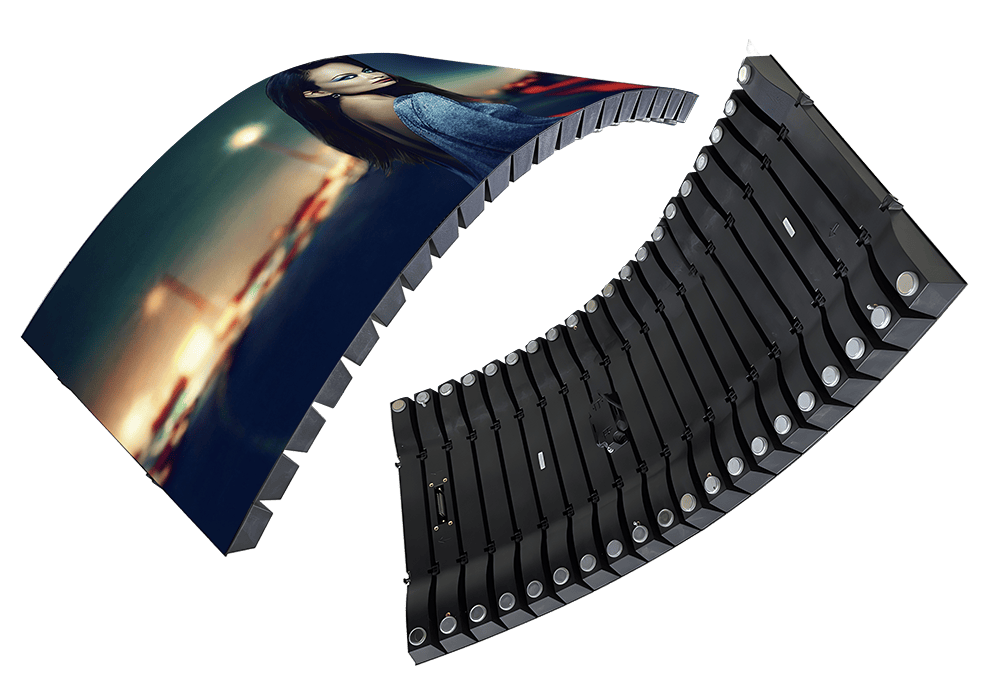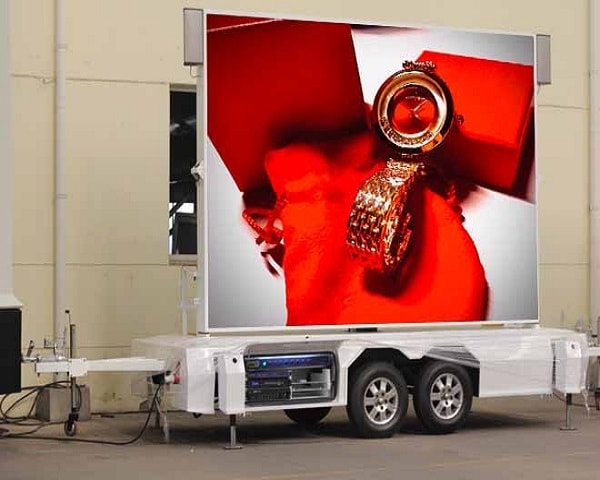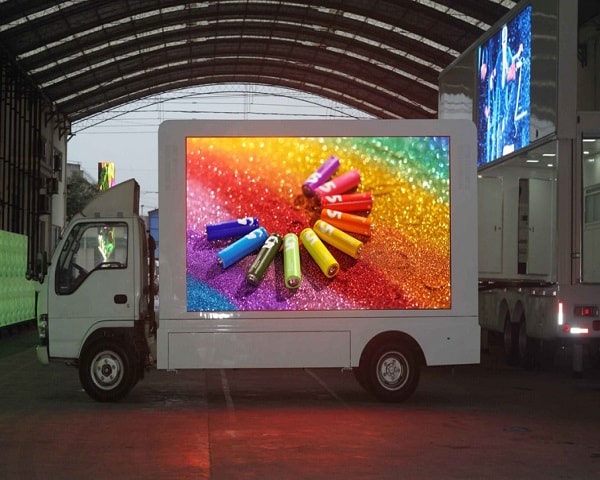The first thing to distinguish is that the biggest difference between OLED, miniLED and MicroLED is: OLED's full name is "Organic Light-Emitting Diode". In other words, its light emission relies on the electrolysis between the positive and negative electrodes. The coating of organic compounds enables charge carriers to migrate from the electrode into the organic film when current passes through them, until they recombine in the luminescent region where excitons are formed. Once formed, these excitons, or excited states, emit light through electricity (the conversion of electrical energy into light energy) while producing little or no heat, reducing efficiency.
What about miniLED and MicroLED? Essentially, they do not rely on organic matter or organic coatings, but some inorganic metal semiconductors and inorganic light-emitting diodes. Organic light-emitting diodes emit light through an organic film in the interlayer of electrodes, so OLEDs are always a thin "film", even single-pixel OLEDs are still a "film"; while inorganic light-emitting diodes are Small light bulbs, what we often call LED light bulbs, are typical representatives of these electrodeless light-emitting diodes. I won’t discuss the in-depth stuff, just know the basic principles.
What is MiniLED
The first is miniLED, which is a screen display technology, but not a screen panel. why? Because although our miniLED is small, it is still as small as a single pixel. Therefore, it is a kind of support technology together with the so-called edge-type backlight and direct-type support technology. It is a micro-support form configured in the full array area dimming (FALD) area.
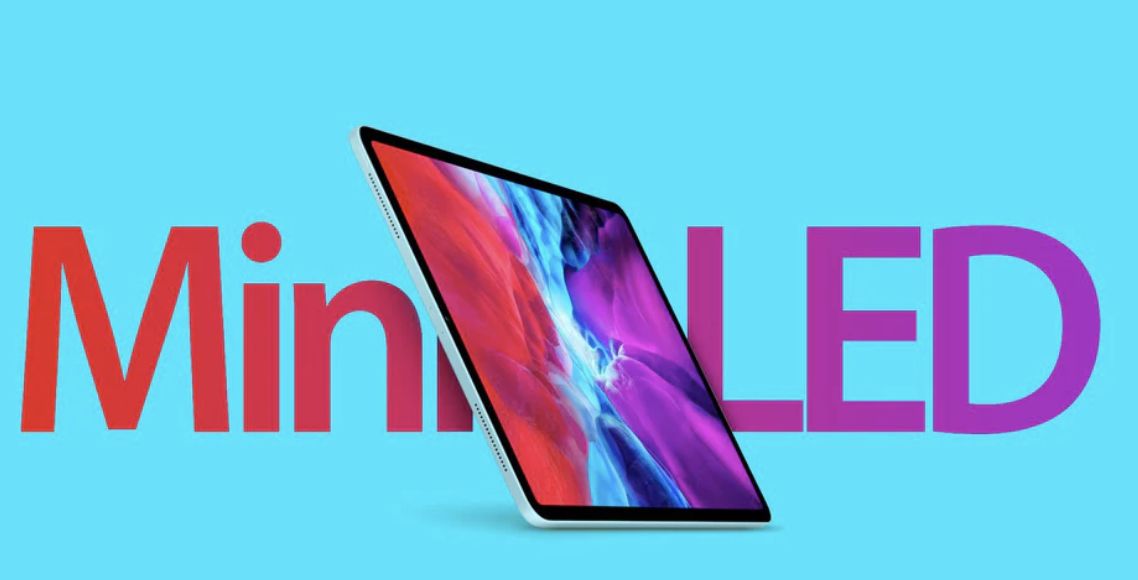
MiniLED backlight has advantages over traditional edge-type backlights and direct-type backlights. Its backlight LED bulb is smaller and can achieve a more detailed and closer to pixelated dynamic backlight effect than the former, which can effectively increase screen brightness and Recovery, while also controlling the display of dark areas and the so-called light leakage phenomenon. But after all, it cannot emit light in a single pixel like OLED, so its disappearance is also very obvious: First, heat control and film control still exist, which are the weaknesses of traditional LCD/LED, but in essence they are still miniLEDs using LCD panels. Technology, this aspect will not change; secondly, miniLED still adds a miniLED light control area to the LCD panel, and the problem of uniform thickness and weight is also very difficult to solve compared to OLED (no matter how thin you are, you can’t be thinner) OLED), thirdly, it is not true pixel-level light control, and the actual performance is not as good as OLED.
What is MicroLED
So, what about MicroLEDs? Although it is also composed of organic light bulbs, they are really pixel-level in size. Therefore, you can call these light bulbs "small lamp beads", which are truly pixel-level. Then these "small lamp beads" are pieced together to become a whole panel and a whole screen. We often see LED billboards on the streets. The large screens on them are "pieced together" with individual glowing LED bulbs. MicroLED is essentially the same, except that its LED bulbs are as small as pixels.
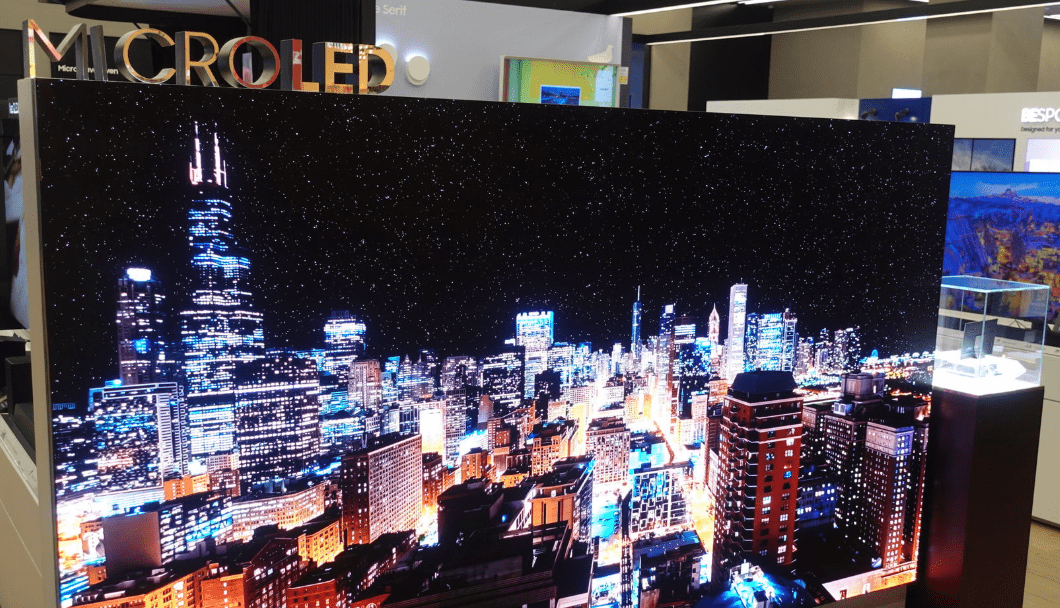
Compared with OLED panels, MicroLED panels are also self-illuminating panels and are not backlight technology like miniLED. MicroLED has the same advantages as OLED, such as high brightness, high contrast, ultra-low latency, and large viewing angles. At the same time, because it uses inorganic substances, that is, metal semiconductors, it consumes less power, is more resistant to high and low temperatures, and has a longer lifespan. longer. However, because the technology is more sophisticated and a stable mass production mechanism has not yet been formed, the cost is so high that not everyone can afford it, so so far, it has not been truly launched into the consumer market.
Of course, the OLED we are talking about now is not just the original RGB OLED, but also the common WOLED produced by LG Display, Samsung's AMOLED used in small sizes (mobile phones, tablets, etc.), etc., and there will be more later. Samsung's self-developed QD-OLED appears. In short, to reduce costs and popularize, OLEDs come in more and more forms. The same goes for MicroLED. With the development of technology, in order to promote it to the civilian market and reduce costs in the future, more and more civilian versions will inevitably be introduced to consumers.
What is OLED
The full English name of OLED is Organic Light-Emitting Diode, and the Chinese full name is "organic light-emitting diode". It usually consists of a series of organic films sandwiched between two thin film conductive electrodes. When current passes, charge carriers migrate from the electrode into the organic film until they recombine in the light-emitting region where excitons are formed. Once formed, these excitons, or excited states, emit light through electricity (the conversion of electrical energy into light energy) while producing little or no heat, reducing efficiency.
OLED can be made thinner than LCD from a technical point of view. The thinnest TV in the world currently should be LG's W (wallpaper) series, which is only 3.85mm thick and can be bent (flexible screen), while LCD has a backlight system. Therefore, the thickness cannot be extremely thin, nor can it be bent.
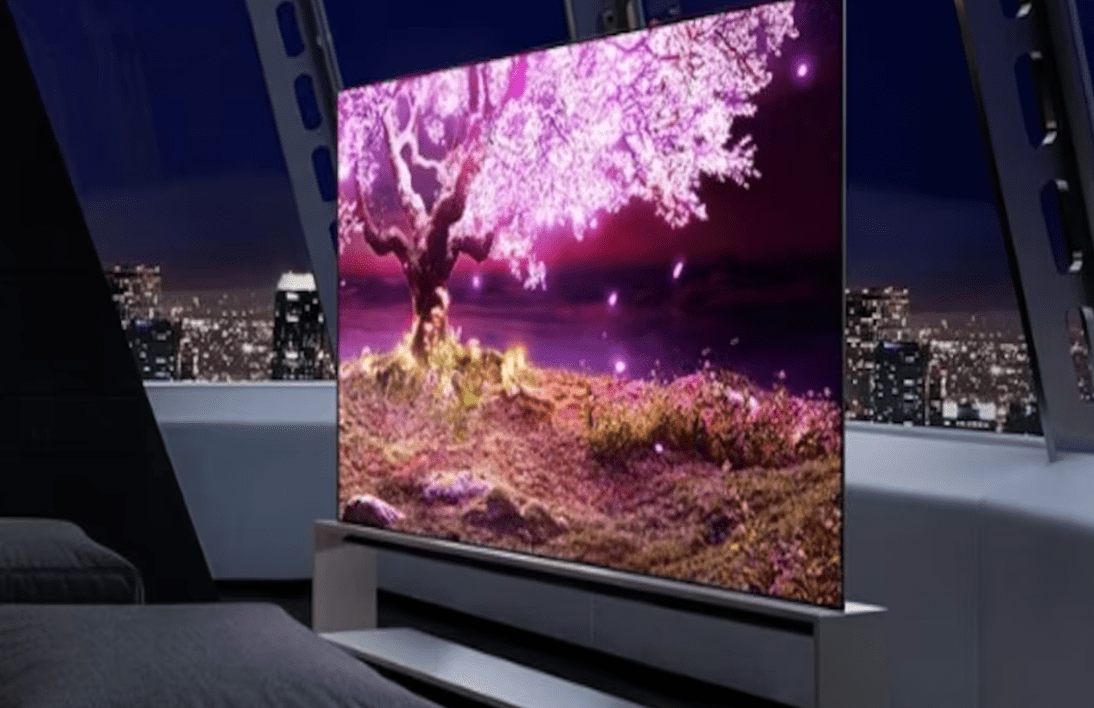
In terms of picture quality, whether it is the direct output of RGB three primary colors or the form of WOLED white light OLED, the color output purity is higher than that of LCD. Because LCD is in the form of backlight, the color purity is obviously not as good as OLED. However, through various manufacturers By adjusting the color management engine, LCD can be infinitely close to OLED in terms of color output.
In addition, since OLED is self-luminous (whether it is RGB three primary color self-luminescence, or white light OLED's white light self-luminescence + filter film, it is self-luminous), so when there is no color output, the light is extinguished, that is to say The black level performance is perfect (because it does not emit light, the natural screen is equivalent to pure black in the screen-off state), and because the LCD has a backlight system, whether it is direct or edge-lit, in the pure black state, it will There is light leakage, which is a major flaw.
Differences Between OLED, miniLED and MicroLED?
TrendForce, a research organization, recently announced the top ten technology industry trends in 2020. Mini LED and Micro LED are among the trends. In particular, Mini LED is about to be mass-produced and is widely used in high-end products. Mini LED will directly compete with OLED.
In particular, Apple has been repeatedly rumored to introduce Mini LED displays into medium-sized products. Apple's adoption of new technologies is likely to have a demonstrative effect. Analysts expect Apple to introduce related technologies into iPads in the fourth quarter of 2020, which is expected to have a positive impact on Mini LED. The effect of fueling the flames.
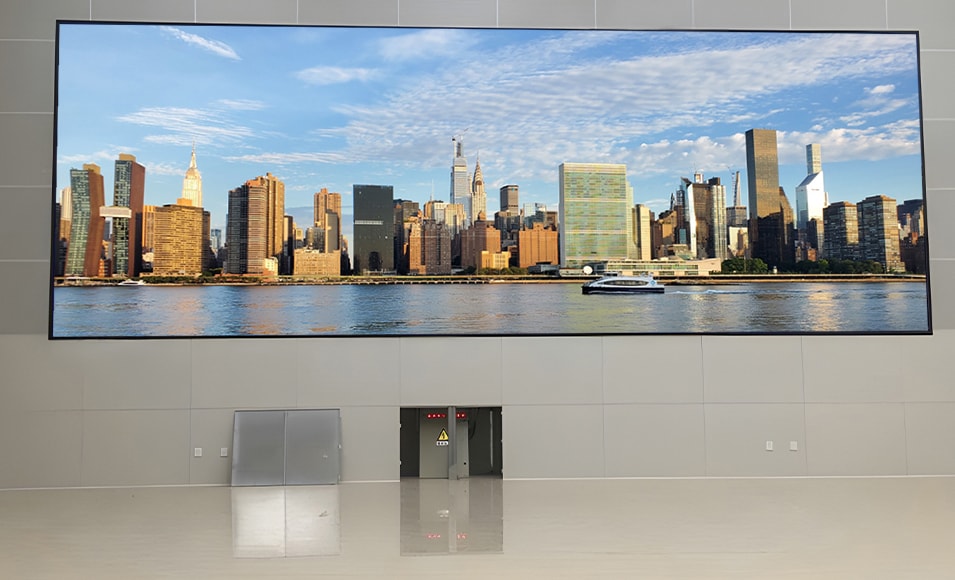
TrendForce said that the demand for high refresh rate mobile phone panels is expected to increase, and tablets have become a new battlefield for Mini LED and OLED. In terms of mobile phone panels, the current specifications of OLED or LCD panels can meet the needs of various consumers. However, as 5G deployment unfolds , its high transmission efficiency and low latency characteristics not only improve the dynamic performance of mobile phone content, but also create applications for mobile phones in other fields such as AR, driving demand for 90Hz or even 120Hz panels.
Compared with Micro LED, Mini LED is theoretically less technically difficult, easier to achieve mass production, and can develop the LCD backlight market in large quantities, making the product more economical. According to industry estimates, an LCD TV panel using Mini LED backlight design will cost about 60% to 80% less than an OLED TV panel, but its brightness and image quality are similar to OLED, and its power saving efficiency is higher. At the same time, a 55-inch Mini LED backlight LCD panel uses 40,000 LEDs, which will be a positive help for LED chip manufacturers to reduce production capacity.
Generally speaking, Micro LED will have a qualitative improvement in picture quality and is the next generation of revolutionary display technology, but the current technology is still not mature enough. Mini LED is an improved version of LED backlight, but it can still greatly improve the existing LCD screen effect. At the same time, the cost is relatively easy to control, and it is expected to become the mainstream of the market. We also hope that manufacturers can speed up the pace of research and development and bring Micro LED and Mini LED TV products that can satisfy ordinary consumers as soon as possible.
OLED, miniLED and MicroLED: Who is the future?
In basic theory, miniLED is just a backlight display technology and a transition from LCD. It will eventually be replaced by self-illuminating OLED and MicroLED panels. Of course, at this stage, OLED and even MicroLED have not yet really become popular among consumers, especially MicroLED, so there is still a long way to go.
What is certain is that in the next three to five years, miniLED will gradually become mainstream, as will OLED. The TV field and mobile phone field have gradually entered the entry-level consumer level. Now the display field is missing. It will take three to five years to pave the way for the entire market. Shouldn't be a problem. And what about MicroLEDs? Some reports indicate that by 2026, that is, six years later, MicroLED will gradually become mainstream and become a popular product in the market. Of course, this analysis is just an analysis. The most important thing is to reduce costs, improve yield, and pass market testing.
Mini-LED, micro-LED, and OLED displays are all advanced types of display technologies that have emerged as alternatives to traditional LCD and Plasma displays.
Mini-LED displays use smaller light-emitting diodes (LEDs) than conventional LED displays, resulting in more precise control of light and dark areas of the display. Micro-LED displays use even smaller LEDs, which can be sized at the micro-level. OLED displays, on the other hand, do not use backlighting and instead produce their own light from individual pixels.
Mini-LED and micro-LED displays are still in the development stage, with mini-LED displays currently being used in some high-end televisions and monitors. While micro-LED displays are still in the experimental phase, they have the potential to replace OLED displays in the future. OLED displays have been around for some time and are currently used in many high-end displays, televisions, and smartphones.
Micro OLED is currently a research hotspot in the display industry and one of the most promising display technologies in the future. Micro OLED has an extremely high display color gamut, it can display very delicate images, and its properties are very stable and its resistance is lower. It is an inorganic semiconductor light-emitting diode that has a longer life than organic OLED. Although in terms of performance , it seems that this is a perfect solution, but there are currently very few products on the market, such as Samsung's The Wall series and Sony's Crystal LED series. These are customized products and are very expensive and far away from each other. Real consumption is still very far away. Well, the main reason for this high price is that its technology is not yet mature. It is precisely because Micro LED and its mass transfer technology have not yet reached the mass production level, which gives Mini LED, which has a lower technical threshold, a chance to Space for rapid development.
In terms of future perspectives, mini-LED and micro-LED displays are expected to offer better contrast ratios, deeper blacks, and more vibrant colors compared to traditional LCD displays. OLED displays are already capable of providing excellent contrast ratios and deep blacks, but they are still limited in terms of brightness and longevity.
Overall, mini-LED and micro-LED displays are expected to improve on the weaknesses of LCD screens while OLED displays continue to provide excellent contrast and deep blacks. As technology continues to advance, it is likely that OLED displays will face stiff competition from mini-LED and micro-LED displays in the near future.
As for who is the future, miniLED has been ruled out, and OLED and MicroLED are competing, we will wait and see who can come out on top!











